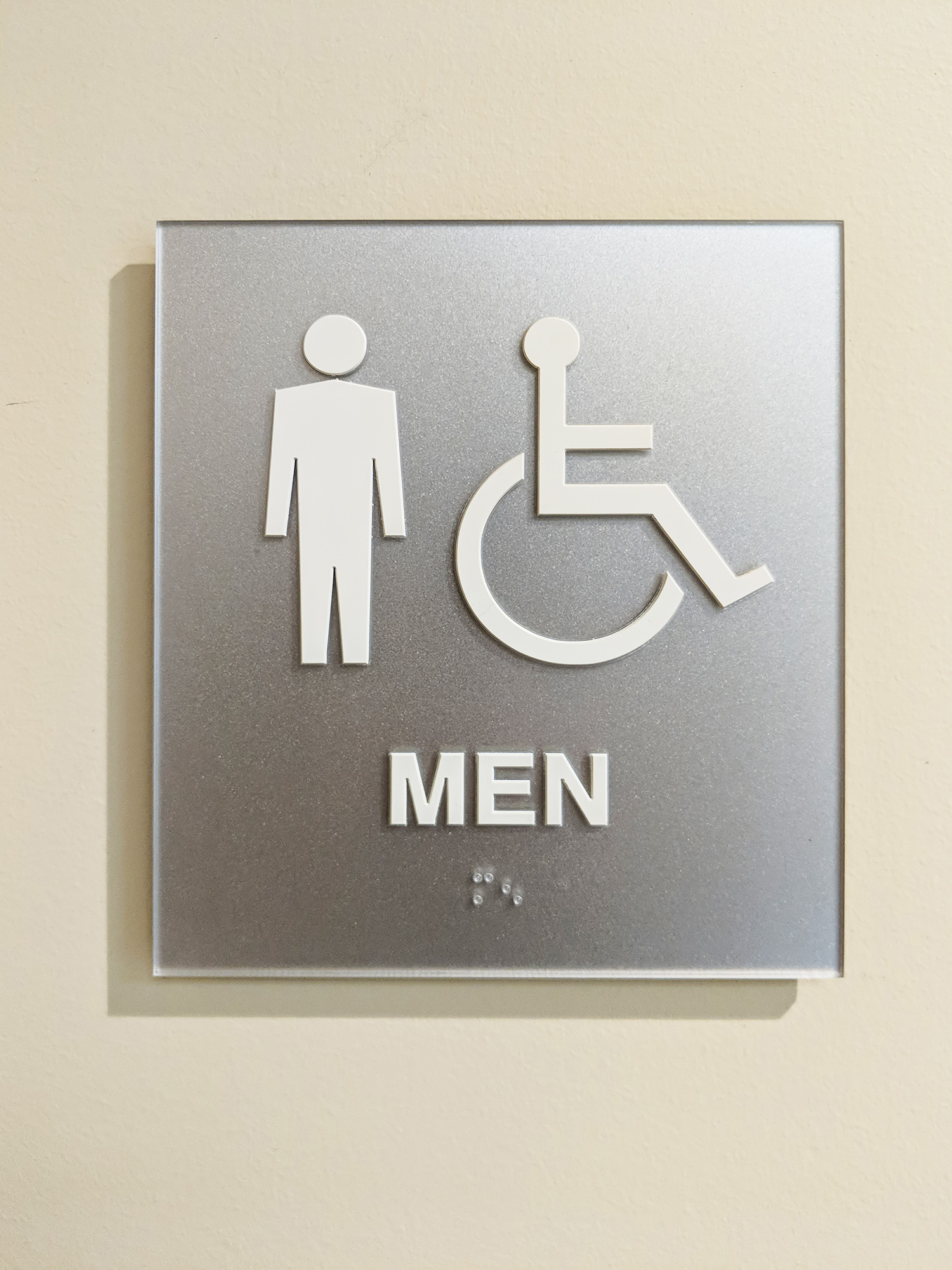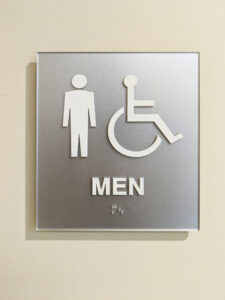Frisco, TX – Discussing the Custom ADA-Compliant Sign Installation Process

 Ensuring accessibility for all individuals is not only a legal obligation but also a moral imperative. Custom ADA-compliant signs play a crucial role in providing essential information to people of all abilities. Understanding the installation process is vital for businesses and property owners to ensure compliance with ADA regulations. This article aims to shed light on the specifics of installing ADA-compliant signs, from mounting heights to tactile features.
Ensuring accessibility for all individuals is not only a legal obligation but also a moral imperative. Custom ADA-compliant signs play a crucial role in providing essential information to people of all abilities. Understanding the installation process is vital for businesses and property owners to ensure compliance with ADA regulations. This article aims to shed light on the specifics of installing ADA-compliant signs, from mounting heights to tactile features.
Mounting Height Requirements
One of the primary considerations in ADA-compliant sign installation is the proper mounting height. According to ADA guidelines:
- Door Signs: Signs identifying rooms, such as restrooms or offices, must be mounted on the latch side of the door between 48 inches and 60 inches above the finished floor.
- Wall-Mounted Signs: Signs installed on walls should be positioned so that the bottom edge of the sign is at least 48 inches above the finished floor, allowing them to be easily seen and reached by individuals of varying heights.
Tactile Features and Braille Placement
ADA-compliant signs must incorporate tactile features, such as raised characters and Braille, to facilitate navigation for visually impaired individuals. Key considerations include:
- Character Height: Raised characters on signs should be at least 5/8 inch high and no higher than 2 inches, ensuring they are easily discernible by touch.
- Braille: Braille should be positioned directly below the corresponding text and located between 3/8 inch and 5/8 inch below the raised characters.
Contrast and Visibility Requirements
To ensure readability and visibility, ADA-compliant signs must meet specific contrast requirements:
- Color Contrast: Characters and symbols on signs must have a high-contrast ratio with the background, making them easily distinguishable by individuals with low vision or color blindness.
- Finish Contrast: Signs should have a non-glare finish to minimize reflection and enhance readability in various lighting conditions.
Mounting Methods and Hardware
Choosing the appropriate mounting method and hardware is essential for secure installation and compliance with ADA regulations. Common mounting methods include:
- Surface Mounting: Signs are attached directly to the wall or surface using screws or adhesive, ensuring stability and durability.
- Ceiling Mounting: For overhead signs, such as directional signs in hallways or corridors, ceiling-mounted brackets or suspended hardware may be used to maintain proper visibility and accessibility.
Partner with Leaderboard Signs for ADA Compliance
As you navigate the installation process for custom ADA-compliant signs in Frisco, TX, Leaderboard Signs is here to guide you every step of the way. Our experienced team specializes in creating and installing signs that meet ADA requirements while enhancing the accessibility and usability of your space. Contact us today to ensure your sign project is compliant, inclusive, and visually appealing to all individuals. Let us help you create an environment that welcomes everyone with professional ADA-compliant sign solutions.
Back
